About Seychelles
Discover the magic of island life, where warm hospitality, adventure, and relaxation await.
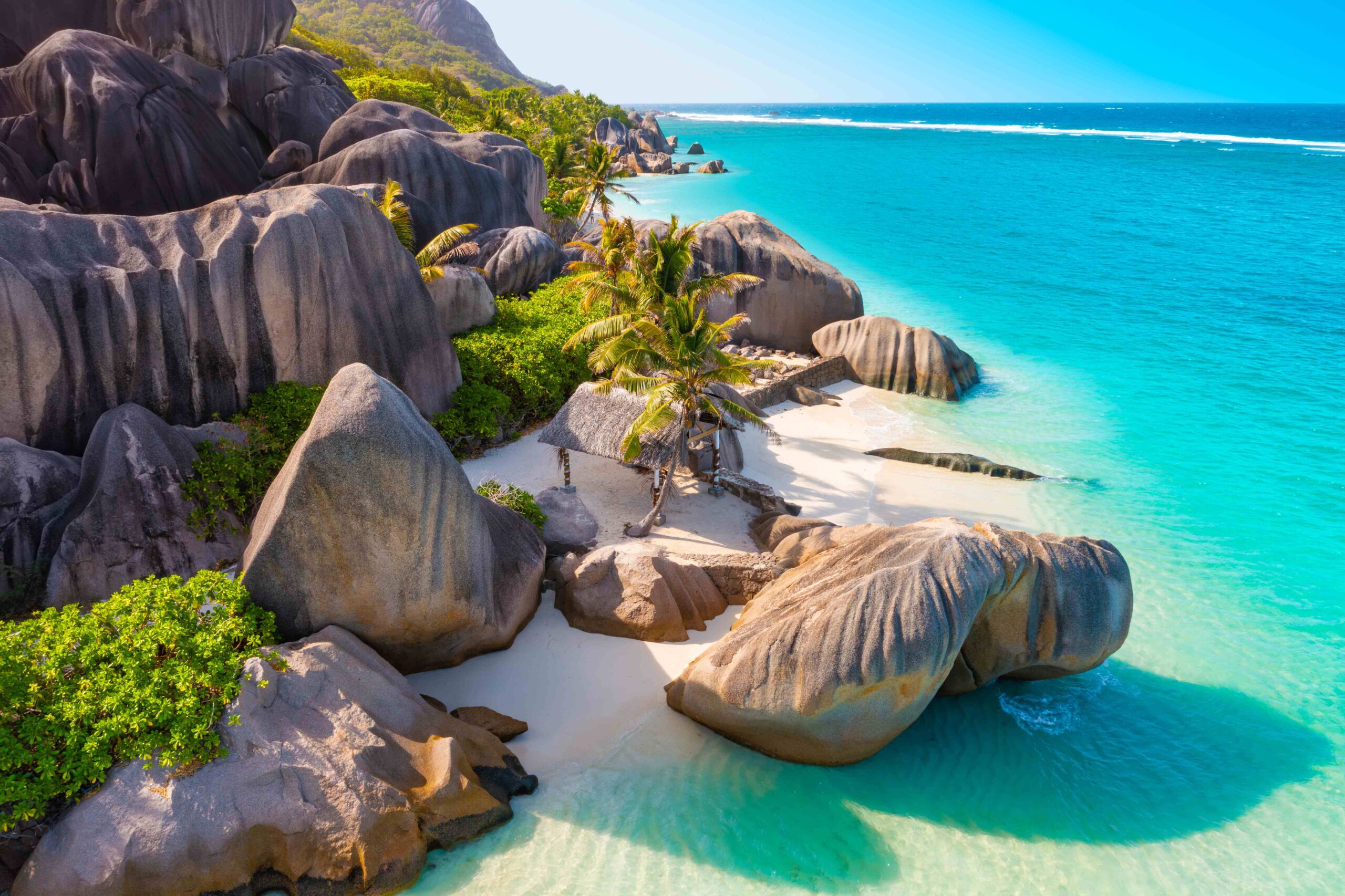
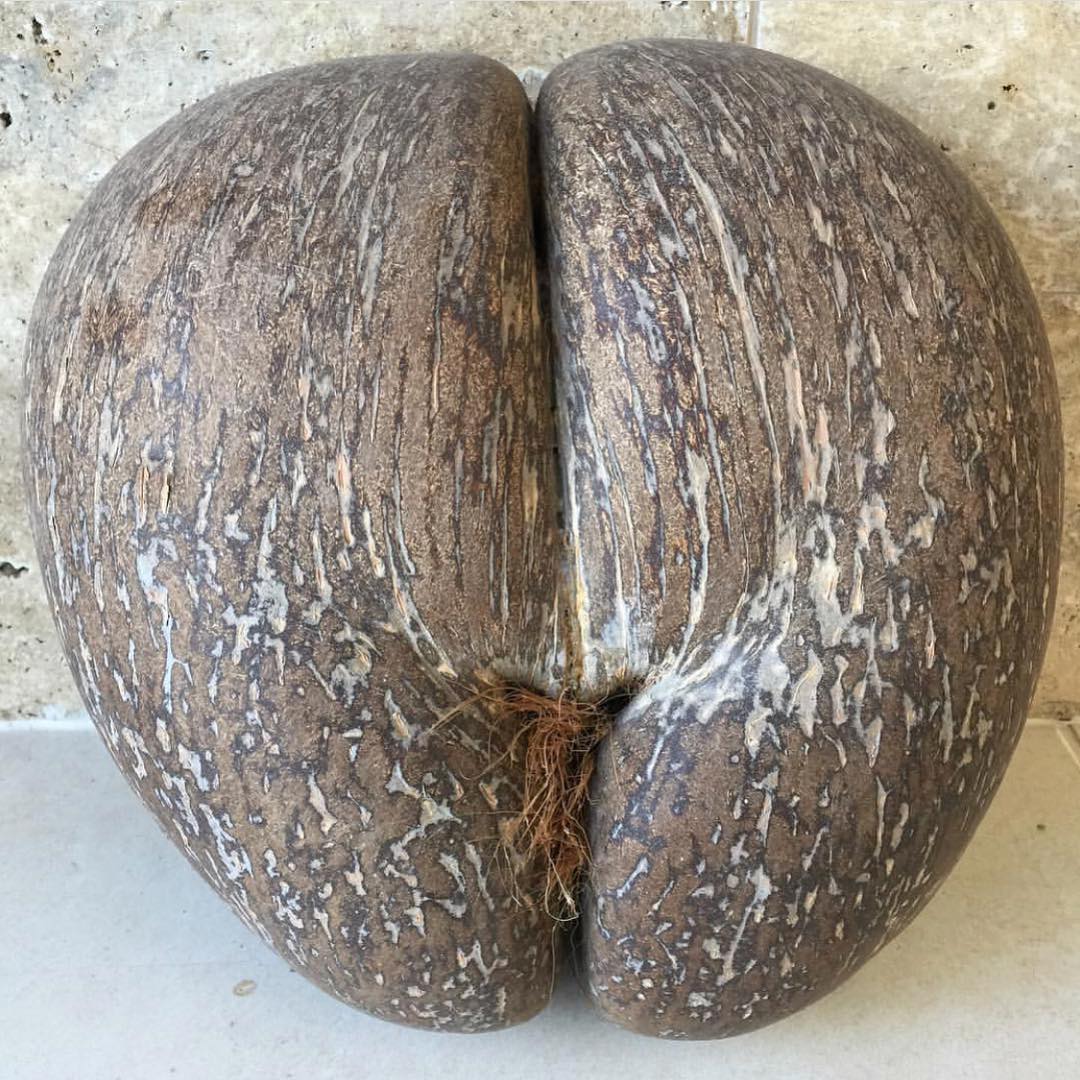
Unhurried. Unspoiled. A hidden treasure.
Welcome to Seychelles.
Each of our islands has their own unique character, style and charm. And each offers a distinctive experience that will capture your heart forever.
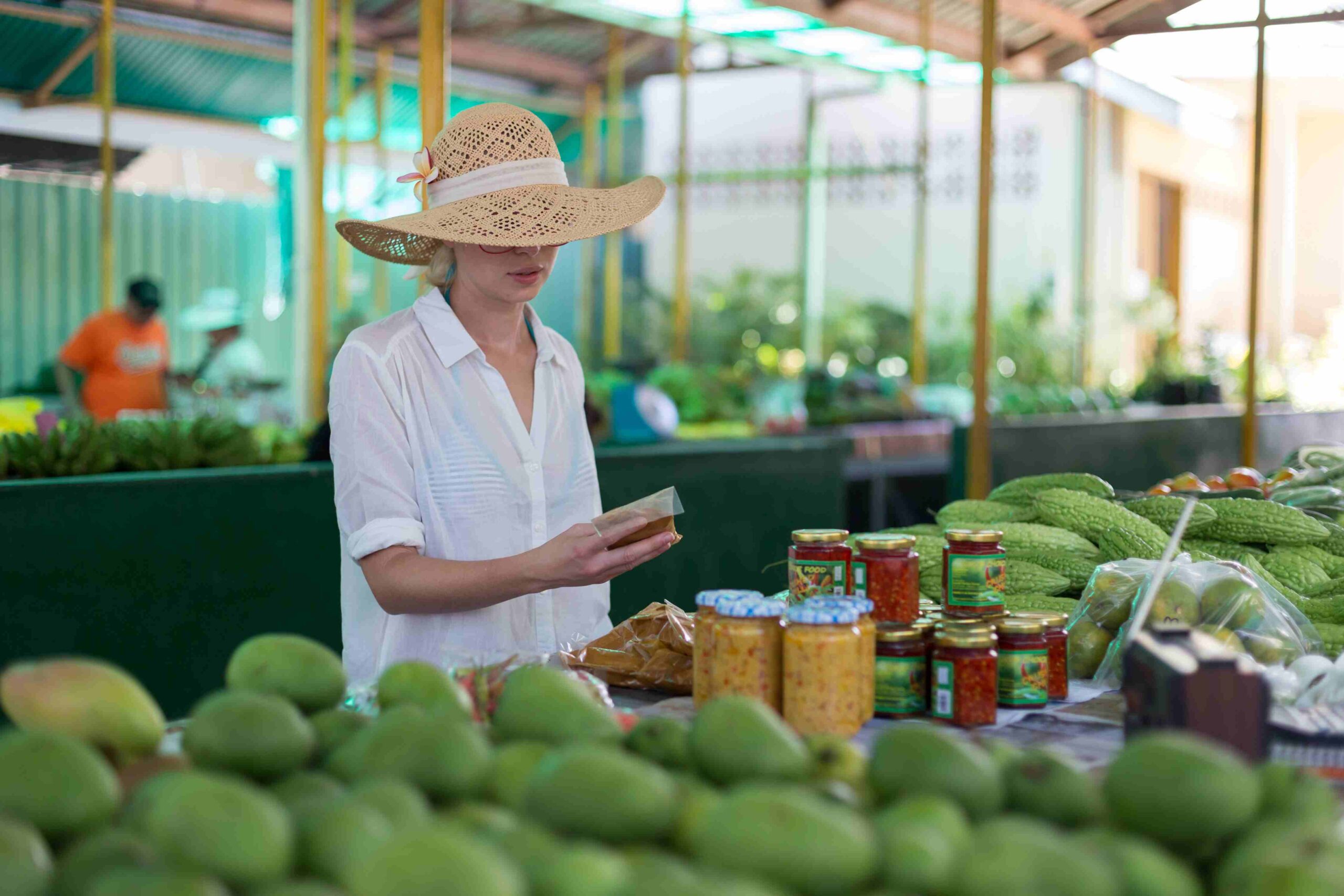
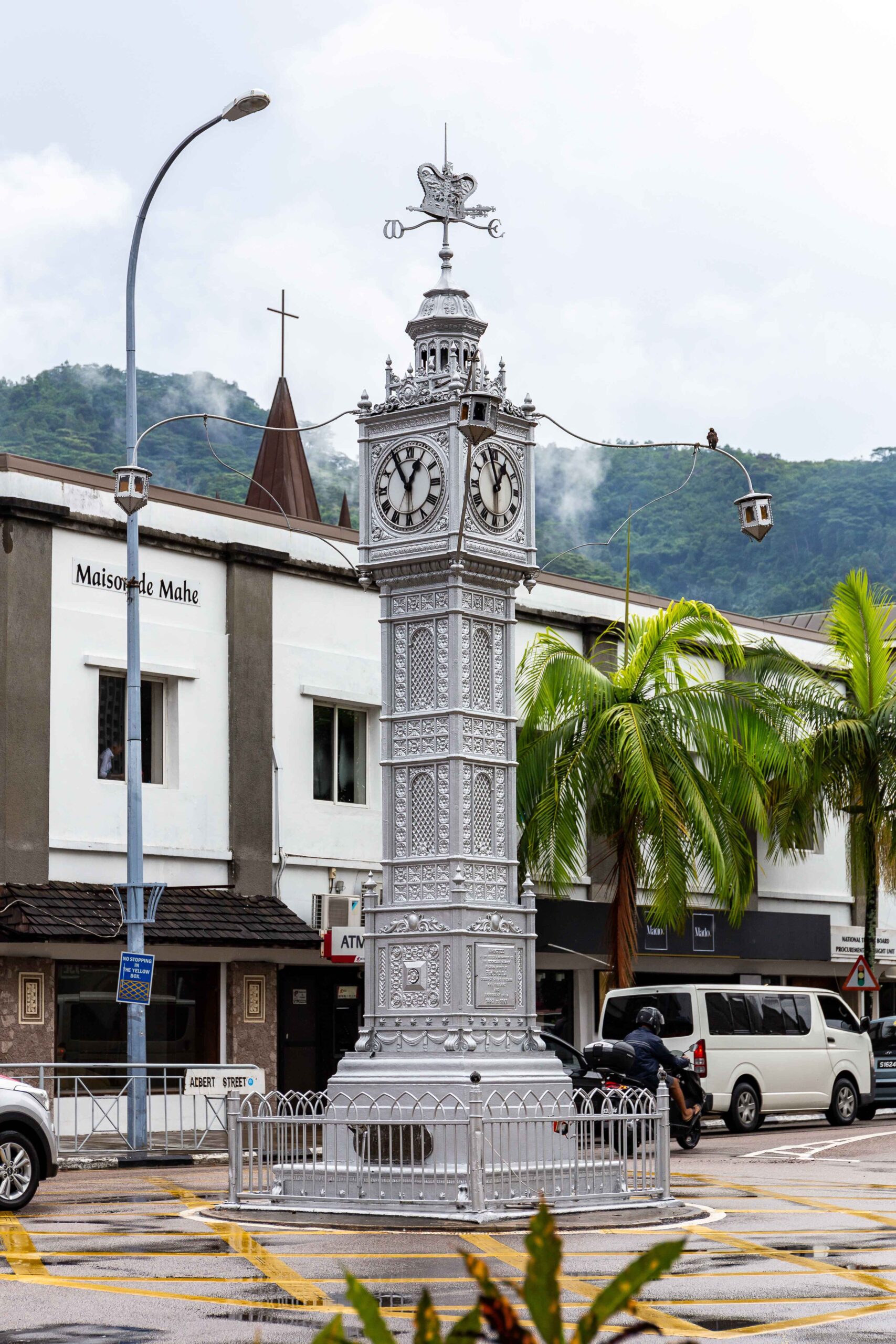
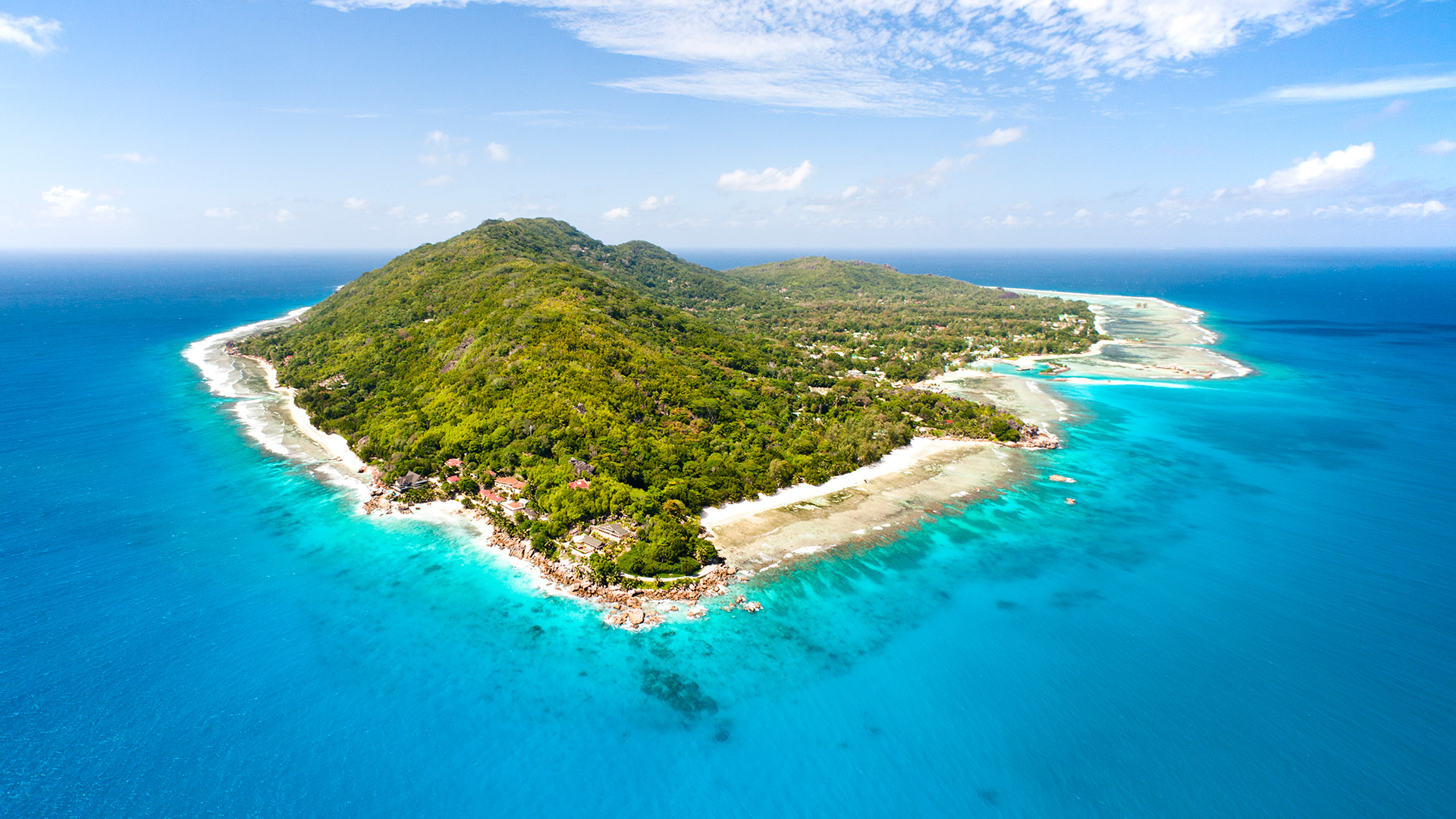
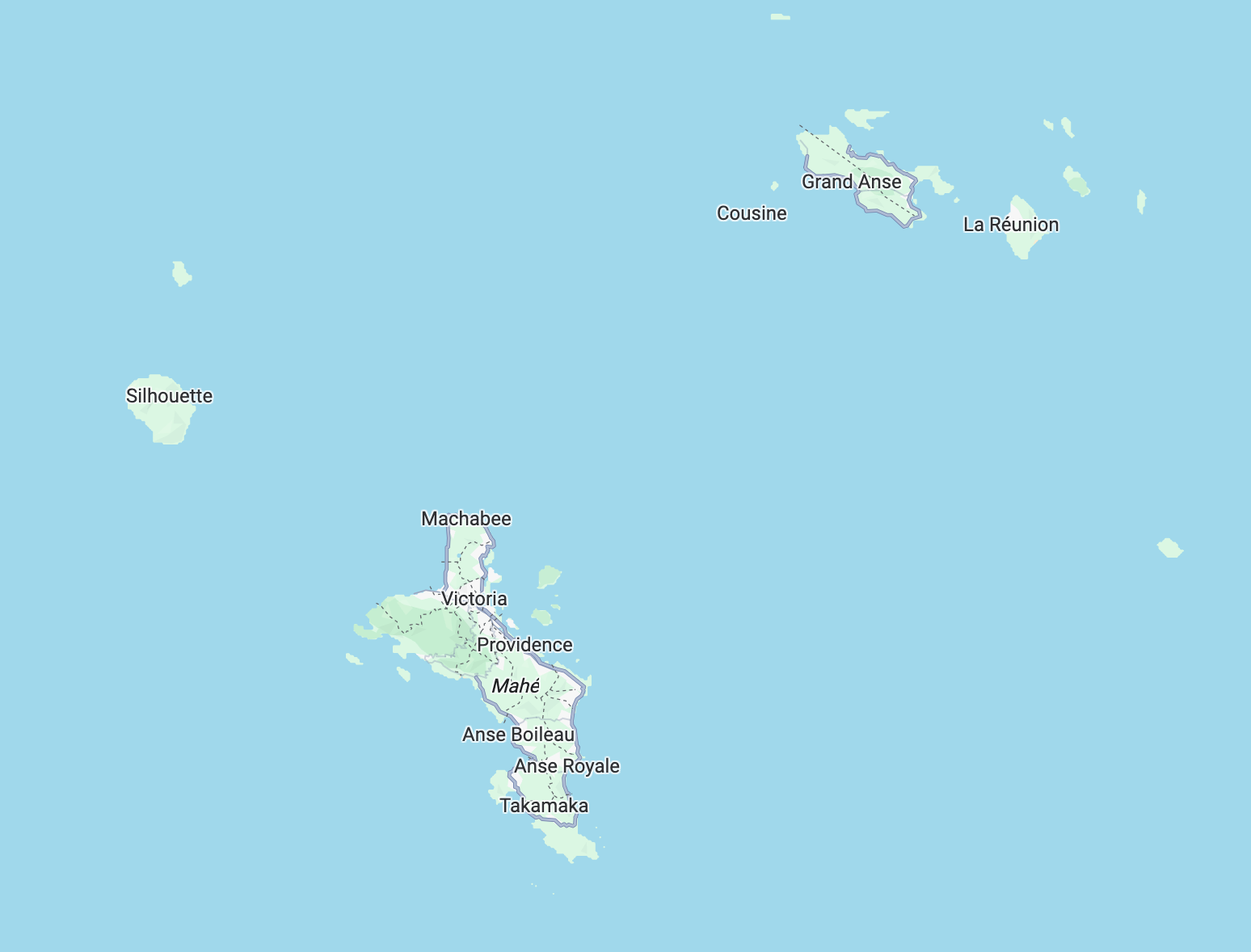
Geography:
The Seychelles is an archipelagic group comprising of over one hundred Coralline and Granitic islands and islets, spread over a million square kilometers of the Indian Ocean just 4 degrees south of the Equator.
The granitic islands are unique oceanic islands, estimated to be over 600 million years old. Scientists believe that these islands are the remaining peaks of a vast continent known as Lemuria (also sometimes referred to as Gondwanaland), which has now subsided.
The main island of Seychelles is the granitic island of Mahe, which also happens to be the largest of the Seychelles’ islands at 27km long and 8km wide. Unlike neighbours such as Mauritius, the Seychelles Islands are ideally located outside the cyclonic belt.
The total population of Seychelles is approximately 90,000 of which almost two thirds live on the main island of Mahe. The granitic islands, including Praslin and La Digue, all lie within a radius of 56 km from Mahe. No permanent population resides on the Coralline islands, which includes the Amirantes, some 240kms South-West of Mahe.
The lush green vegetation of the Granitic islands is tropical in character, with a profusion of coconut palms, bananas, mangoes, yams, breadfruit and other tropical fruit. Indigenous forest exists on the higher slopes where the popular local produce vanilla, cinnamon and tea are planted.
Climate:
The Seychelles is an archipelagic group comprising of over one hundred Coralline and Granitic islands and islets, spread over a million square kilometers of the Indian Ocean just 4 degrees south of the Equator.
The granitic islands are unique oceanic islands, estimated to be over 600 million years old. Scientists believe that these islands are the remaining peaks of a vast continent known as Lemuria (also sometimes referred to as Gondwanaland), which has now subsided.
The main island of Seychelles is the granitic island of Mahe, which also happens to be the largest of the Seychelles’ islands at 27km long and 8km wide. Unlike neighbours such as Mauritius, the Seychelles Islands are ideally located outside the cyclonic belt.
The total population of Seychelles is approximately 90,000 of which almost two thirds live on the main island of Mahe. The granitic islands, including Praslin and La Digue, all lie within a radius of 56 km from Mahe. No permanent population resides on the Coralline islands, which includes the Amirantes, some 240kms South-West of Mahe.
The lush green vegetation of the Granitic islands is tropical in character, with a profusion of coconut palms, bananas, mangoes, yams, breadfruit and other tropical fruit. Indigenous forest exists on the higher slopes where the popular local produce vanilla, cinnamon and tea are planted.
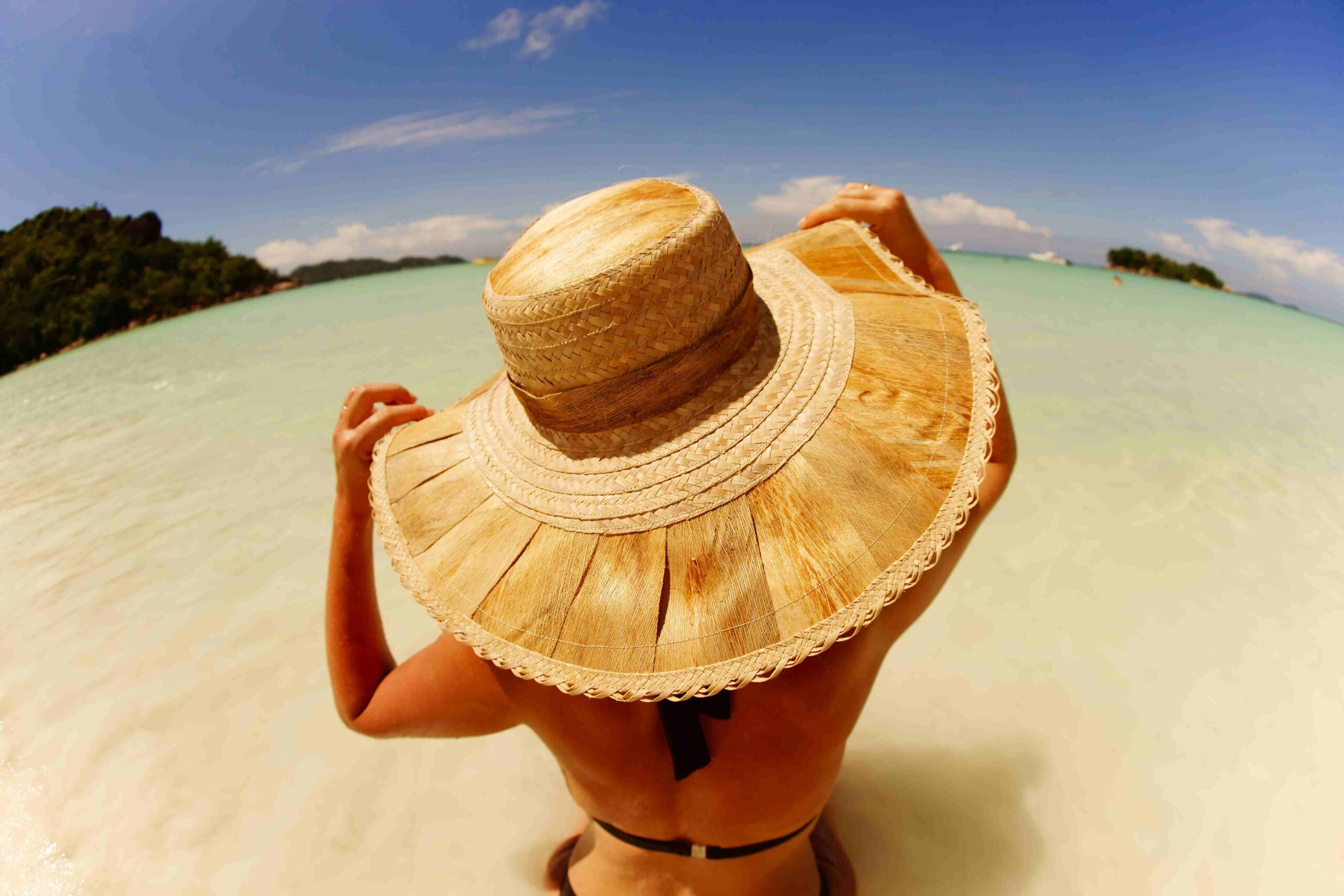

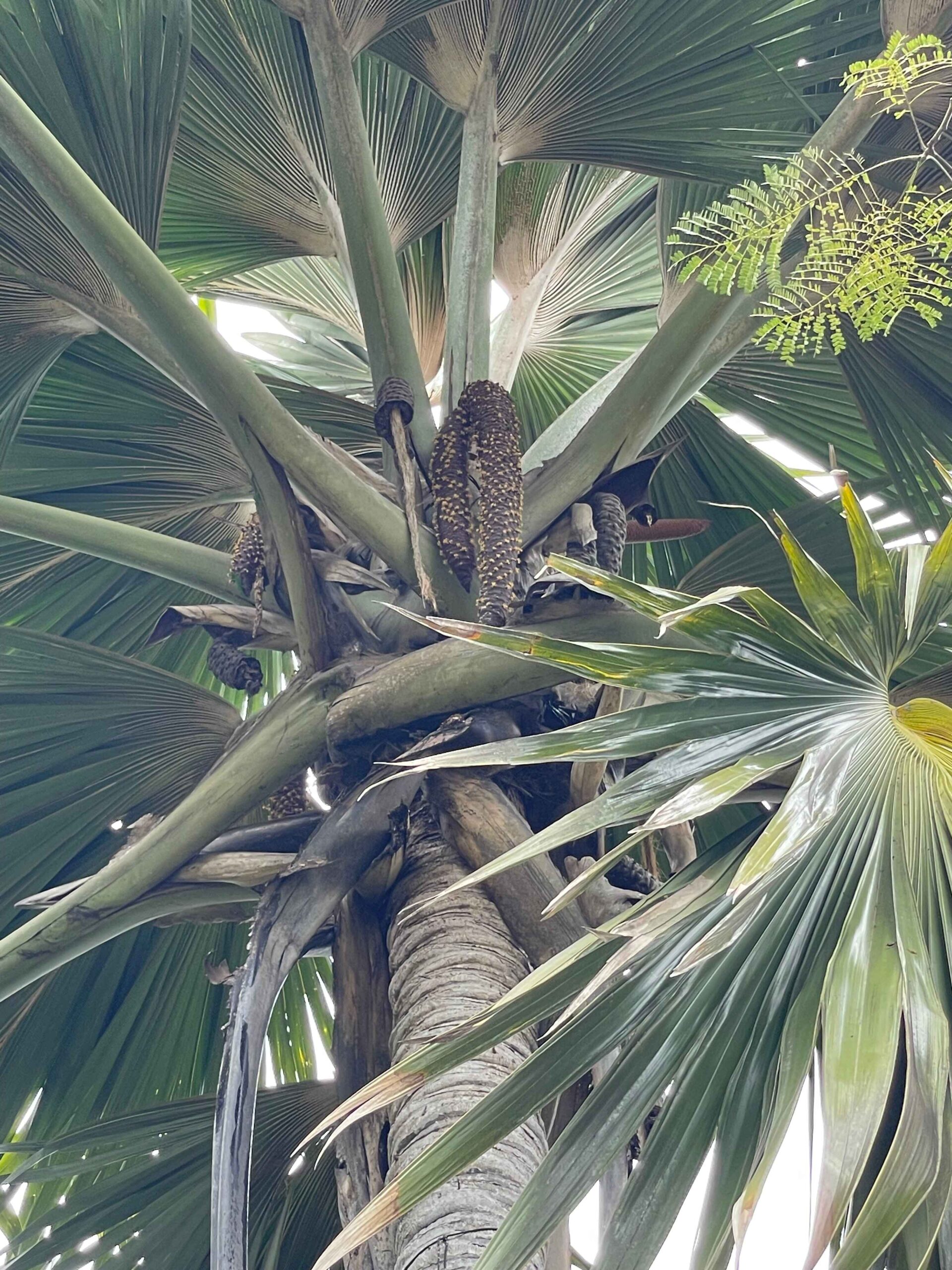
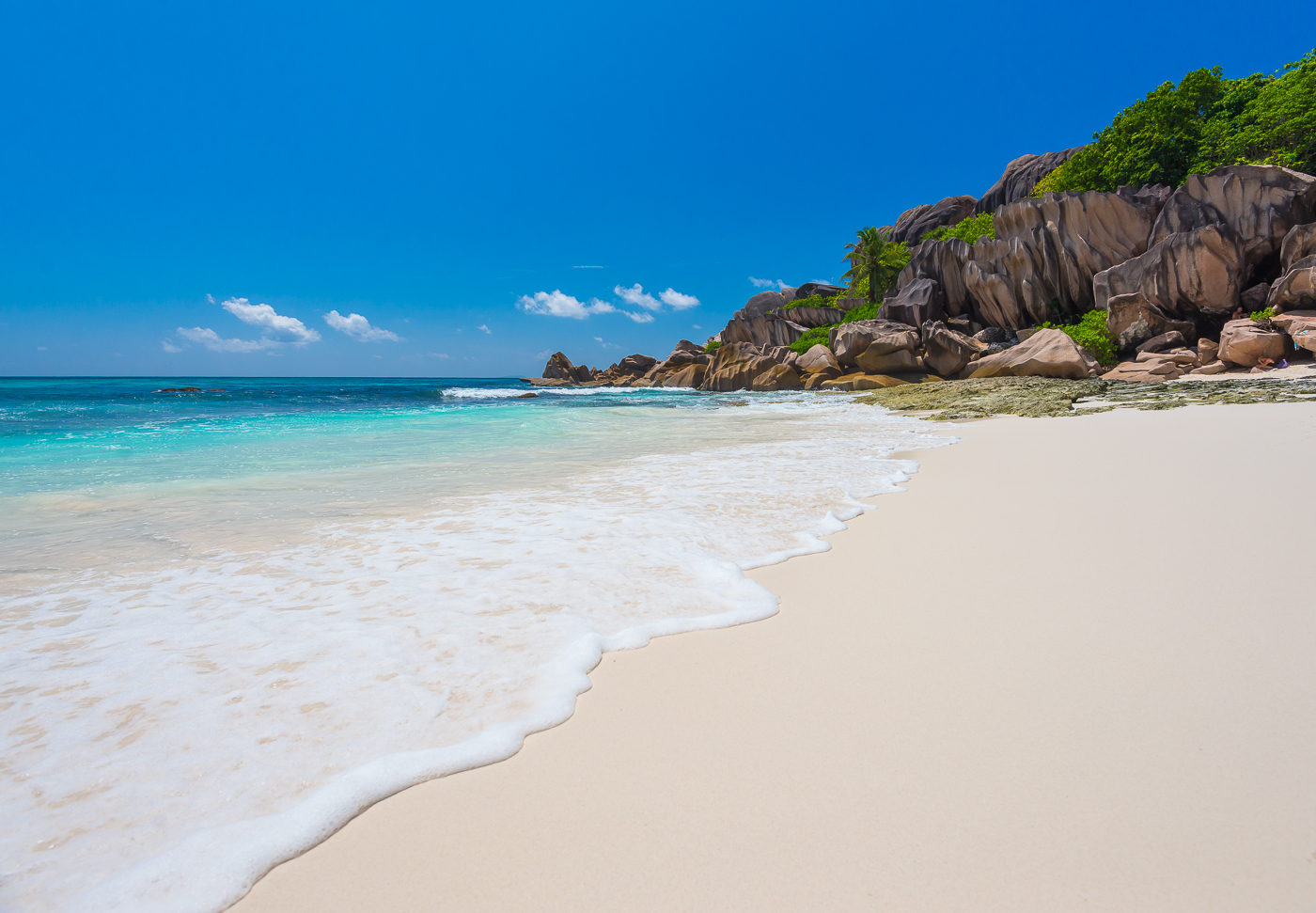
Unique by a Thousand Miles
The millions of years that the Seychelles islands remained uninhabited enabled a unique assembly of plants and animals to develop on these tiny fragments of land. It was General Gordon (of Khartoum fame) who was first convinced that the Vallée de Mai on Praslin was the original site of the Garden of Eden.
Like many other delicate island ecosystems, Seychelles suffered a loss of biodiversity during early human history, which included the disappearance of most of the giant tortoises from its granite islands, the felling of coastal and mid-level forests, as well as the extinction of species such as the chestnut flanked white eye, Seychelles Parakeet and saltwater crocodile.
Nevertheless, extinctions were far fewer in Seychelles than in many other islands, possibly due to the shorter period of human occupation (since 1770). The Seychelles is today known for its success stories in protecting its flora and fauna.
Coco De Mer and the Aldabra Giant Tortoise
The Coco De Mer is a unique species of palm found only in the Seychelles and primarily growing on the islands of Praslin and nearby Curieuse Island. Nicknamed the ‘love nut’ for its suggestive form, the coco-de-mer is the world’s largest seed and can weigh up to 30kg. You can best enjoy these towering palms and curious nuts at the Vallee De Mai in Praslin, a UNESCO World Heritage Site.
The Aldabra giant tortoise is another famous local that you must meet during your travels to the Seychelles. These gentle giants can be found roaming freely across many of the islands but are equally at home in the gardens of local families as much-loved family pets. A symbol of longevity and resilience, the Aldabra giant tortoise can weight up to 250kg and live for over 100 years. The oldest known giant tortoise is Jonathan, who was born around 1832 and is approximately 193 years old.

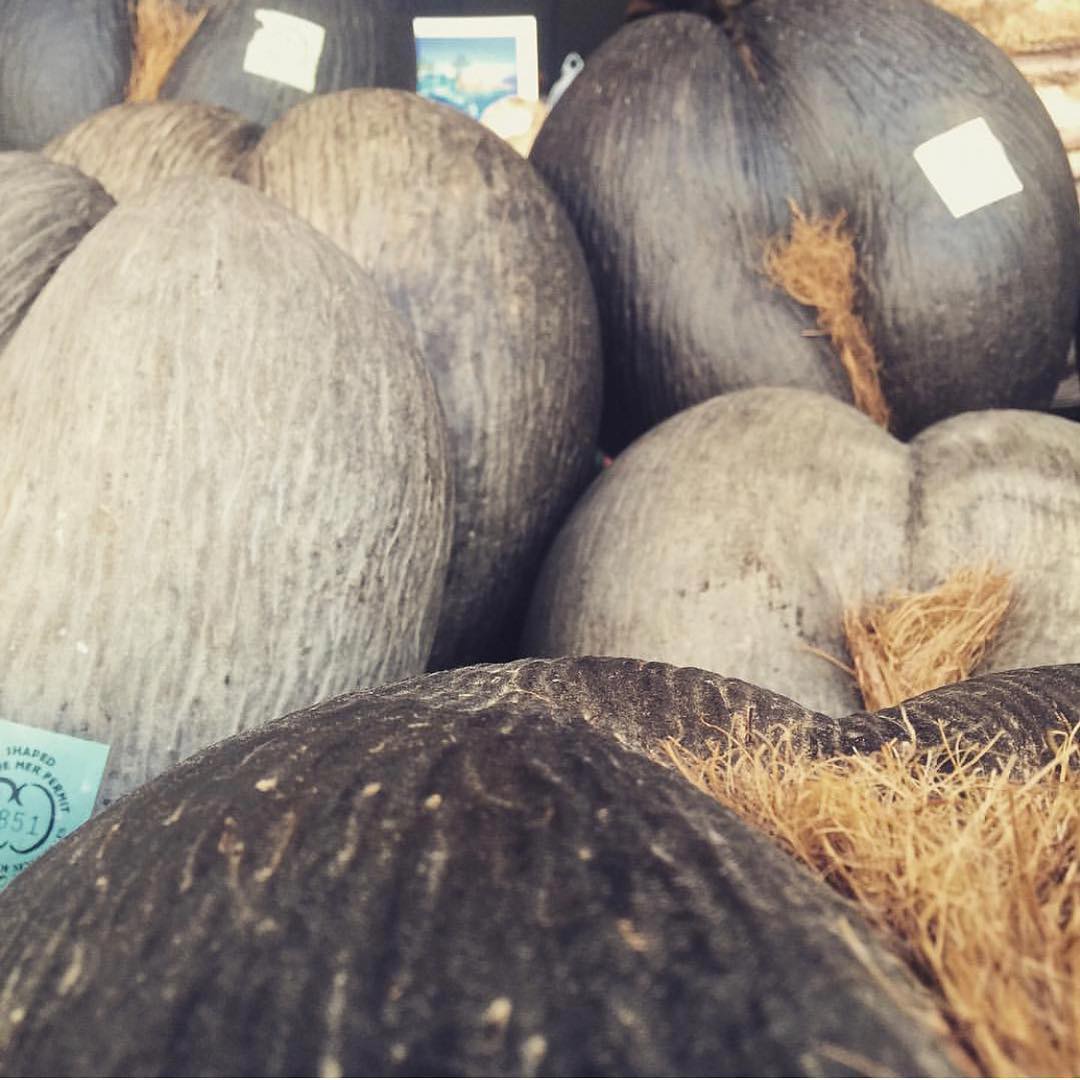
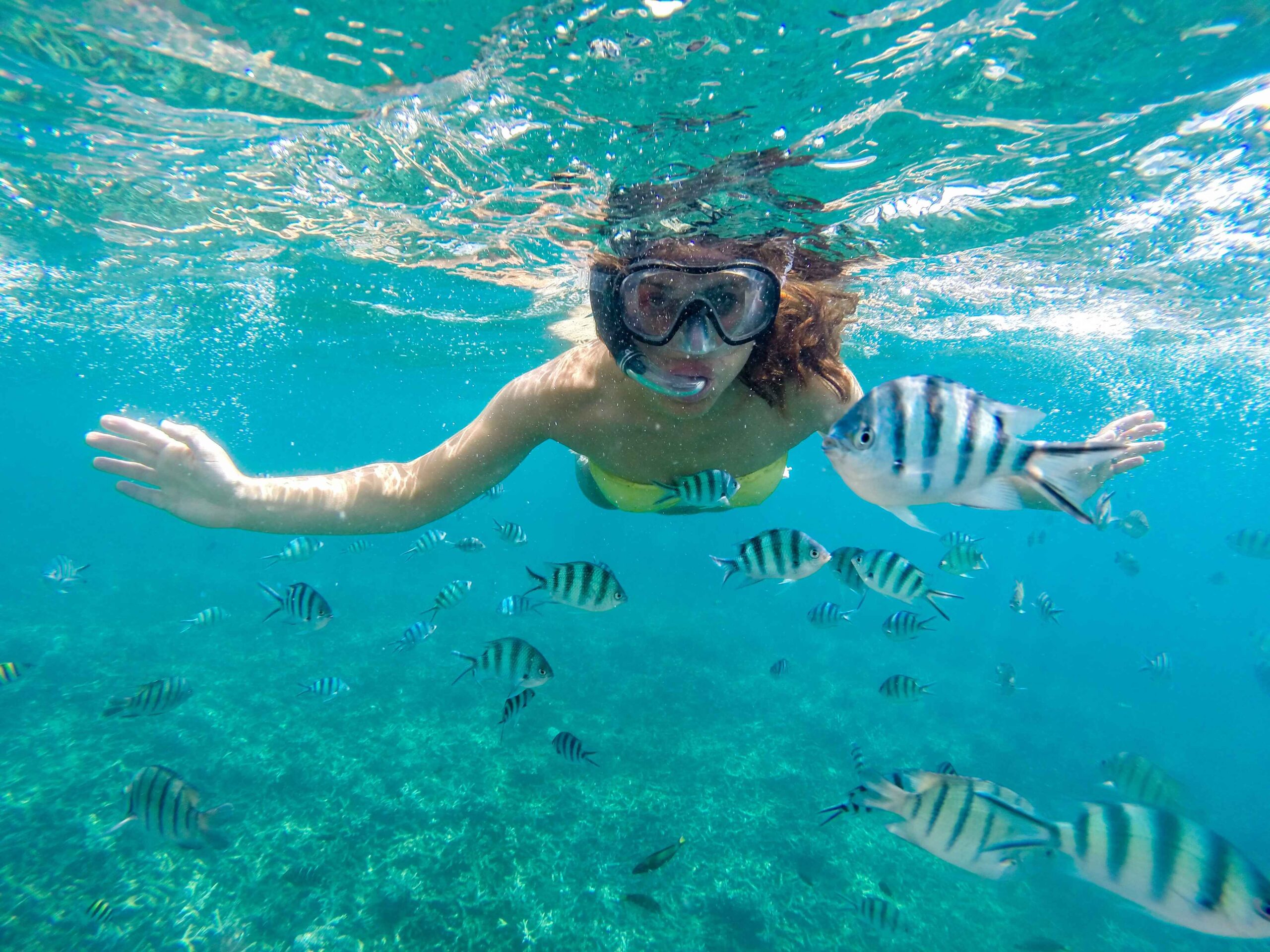
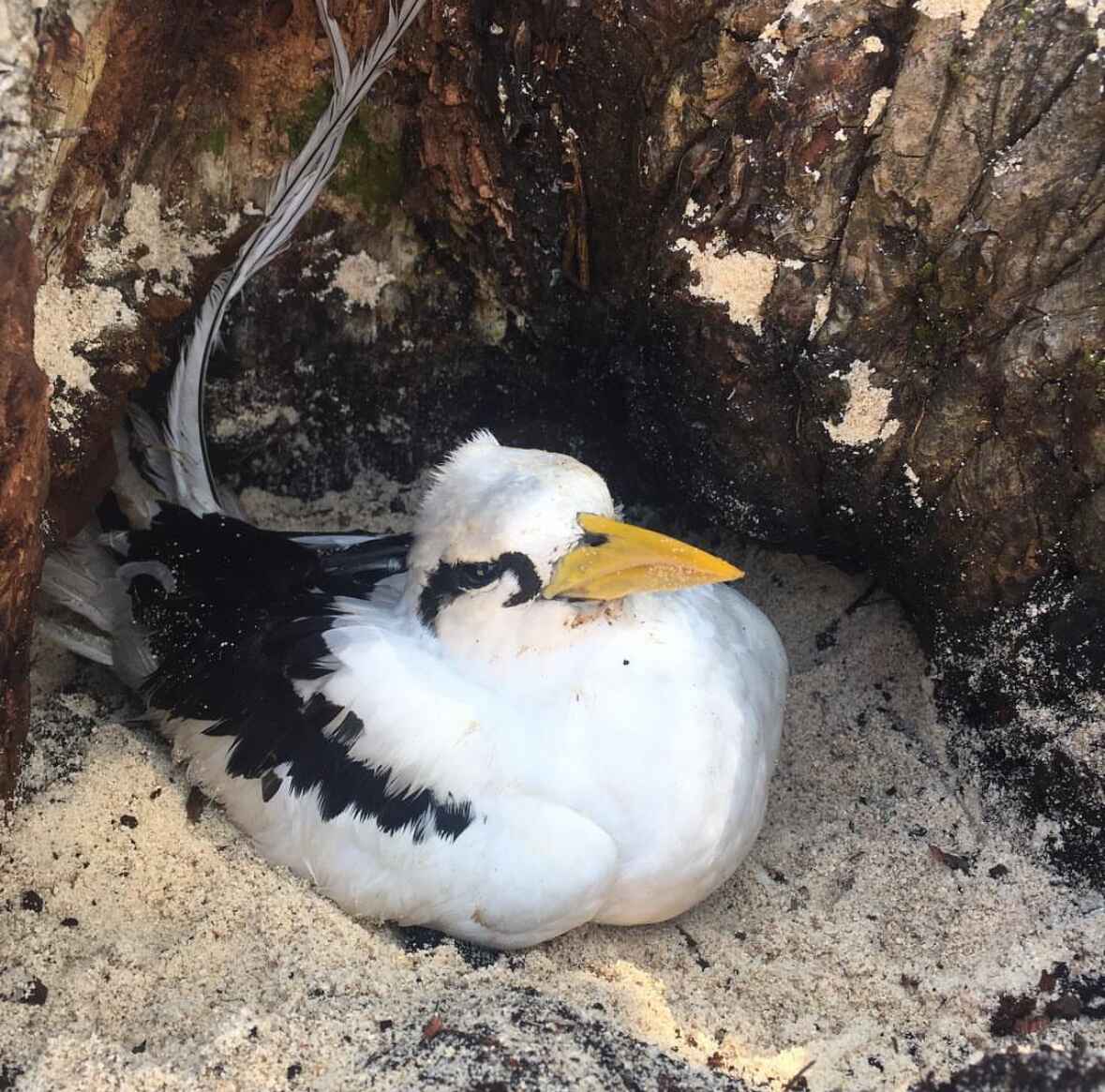
Seychelles Unique Marine Life
The marine life in Seychelles is quite extraordinary, especially around the more remote coral islands like the Aldabra Atoll. To date more than 1000 species of fish have been recorded in Seychelles waters and many are unafraid of divers and snorkelers making for a truly magical underwater experience. Where else in the world can you swim alongside whale sharks, sea turtles, manta rays, reef fish and dolphins?
The Seychelles also boasts some of the largest seabird colonies in the world. Islands such as Aride Island, Bird, Cousin, Cosmoledo and Aldabra host many different species of seabirds which include the fairy tern, sooty tern, white-tailed tropicbird, frigatebirds and noddies. The islands truly are a bird watchers paradise.

Languages:
Seychelles has three national languages: Creole, English and French
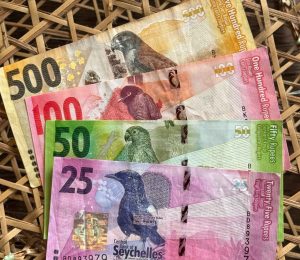
Currency & credit cards:
Local currency is Seychelles Rupee (SCR). Most credit cards are widely accepted.
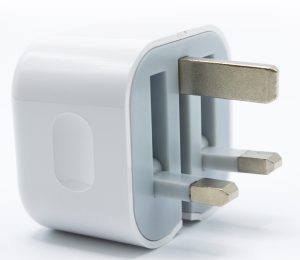
Electricity:
240 volts AC, 50Hz. British style 3-pin plugs are used.

Mobile coverage:
Roaming is available from local providers, with coverage across Mahe, Praslin, and La Digue. Prepaid SIM cards are also available.



